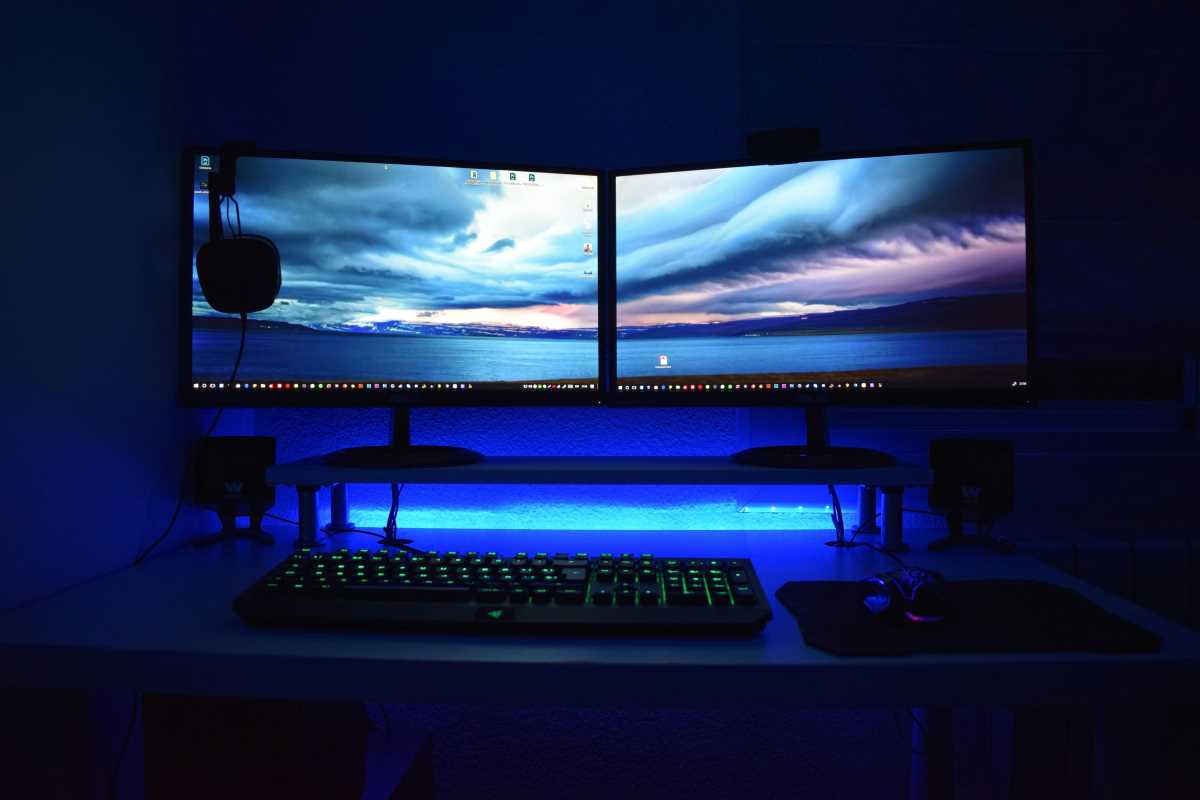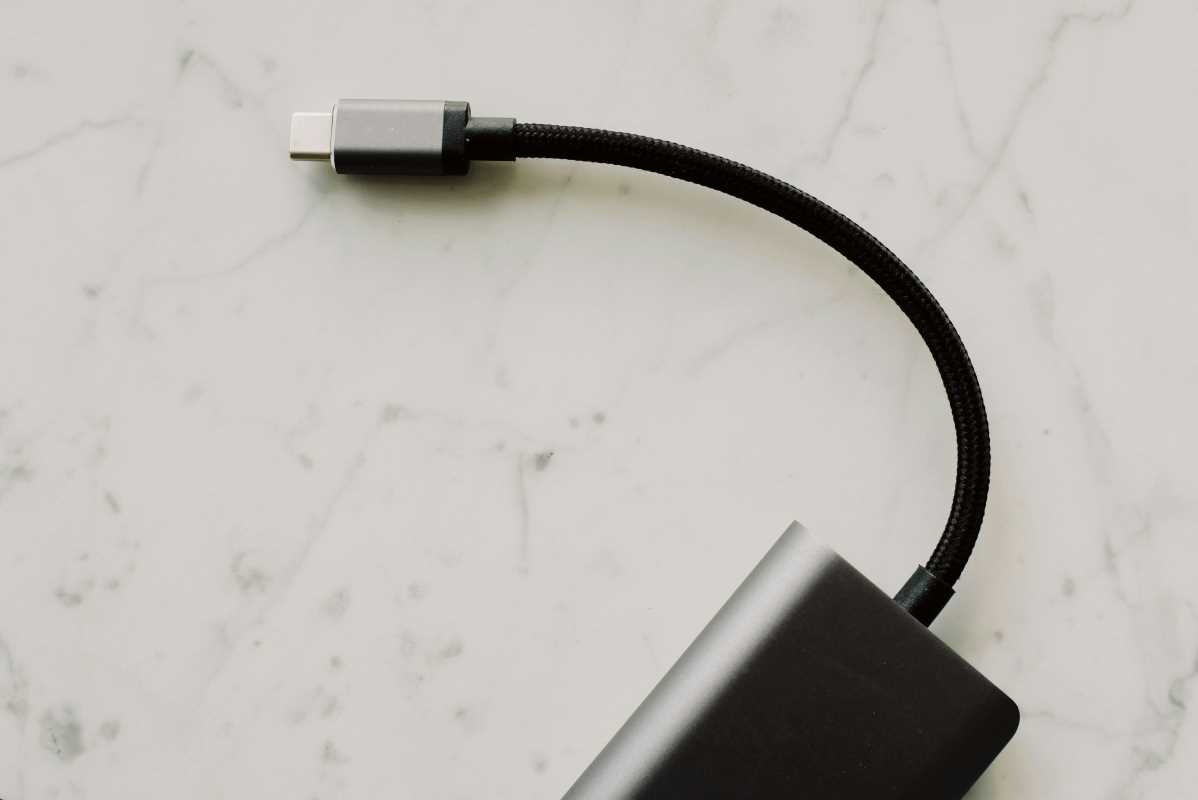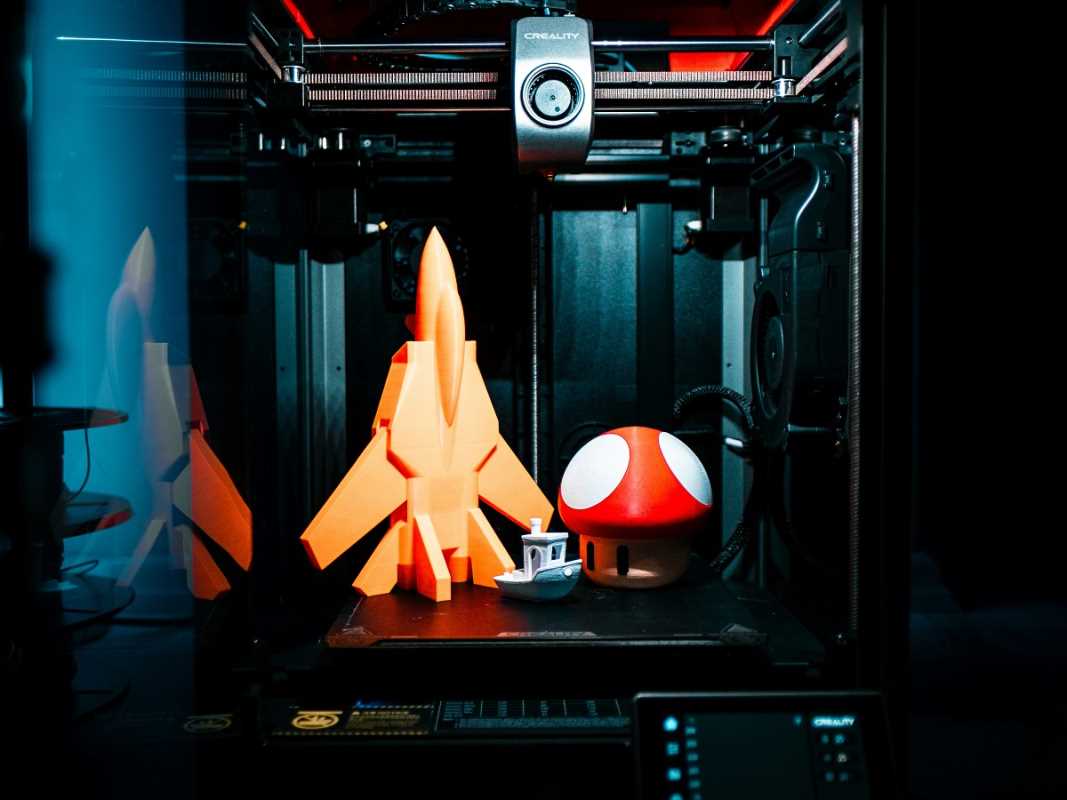Building a high-performance gaming PC is like assembling a well-tuned sports car. Achieving maximum performance requires more than sheer power or cutting-edge parts. It’s about how well each component works together to deliver seamless gameplay, stunning visuals, and lightning-fast responsiveness. From CPUs to cooling solutions, every piece contributes to the ultimate gaming experience.
But what exactly defines a high-performance gaming PC? What distinguishes a good rig from a jaw-dropping powerhouse? This guide dives deep into the core components and features that elevate a gaming PC to its peak performance potential.
1. CPU (The Brain of Your PC)
Your gaming PC's CPU (central processing unit) is its brain, handling all the calculations and processes necessary to make your games run. A high-performance CPU is critical for modern gaming but gets even more important for tasks like streaming, video editing, or running simulation-heavy games like Cities Skylines.
What to Look For in a CPU:
- Core Count and Threading: Modern games take advantage of multi-threading, making CPUs with at least 6 cores and 12 threads (e.g., Intel Core i5-13600K or AMD Ryzen 5 7600X) ideal for gaming.
- Clock Speed: Higher clock speeds (measured in GHz) result in faster performance. Aim for CPUs that hit 4.0 GHz or higher in boost mode.
- Cache Size: More L3 cache improves processing, especially in open-world titles like Elden Ring. Look for 35MB or higher.
While top-tier CPUs like the Intel Core i9-13900K or AMD Ryzen 9 7950X3D sound tempting, they’re often overkill for gaming unless paired with equally powerful components. Balance is key.
How the CPU Impacts Gaming
A capable CPU ensures the game engine efficiently handles mechanics like physics calculations, AI behavior, and the rendering pipeline. For instance, in competitive shooters like Fortnite, a weaker CPU can result in stutters that take you out of the action, even if your GPU is top-of-the-line.
2. GPU (The Gaming Powerhouse)
When it comes to gaming performance, the GPU (graphics processing unit) often wears the crown. A strong GPU determines how visually stunning your games look and how smoothly they run, especially at higher resolutions or with demanding settings like ray tracing enabled.
Key GPU Metrics:
- VRAM (Video Memory): Aim for GPUs with 12GB VRAM or more, especially for 1440p or 4K gaming. Higher VRAM helps with running high-resolution textures and complex visual effects (e.g., RTX 4070 Ti for 2K gaming).
- Ray Tracing and DLSS/FSR Support: These technologies enhance lighting realism and improve frame rates, offering breathtaking visuals in games like Cyberpunk 2077.
- Performance Levels (FPS): Benchmark comparisons like 120 FPS in 1440p gaming are important indicators of GPU capability.
Some popular high-performance options include the Nvidia GeForce RTX 4070 Ti, AMD Radeon RX 7900 XTX, and the monstrous RTX 5090 for those seeking bleeding-edge performance.
Optimizing GPU Performance
An amazing GPU is only as good as its cooling and VRM (voltage regulator module) design. Overclocking is another way to push GPUs further, but only with adequate thermal management.
3. RAM (The Performance Multiplier)
Many overlook how much impact RAM (random access memory) has on gaming performance. RAM stores game data that the CPU and GPU access in real time. Low RAM can cause slow load times or stuttering in open-world games.
Optimal RAM Specs:
- Capacity: 16GB is the sweet spot for most gaming setups; 32GB offers future-proofing for video editing or ultra-demanding titles.
- Speed: Look for RAM modules clocked at 3200 MHz to 5200 MHz for DDR4. With DDR5 becoming mainstream, speeds north of 6000 MHz are standard in 2025 builds.
- Dual Channel: A two-stick setup (e.g., 2x8GB or 2x16GB) allows for higher efficiency and better game optimization.
Games like Hogwarts Legacy or Microsoft Flight Simulator thrive with more RAM, as expansive landscapes and assets demand significant memory usage.
4. Storage (Faster Load Times, Better Performance)
Storage has dramatically improved in recent years, with solid-state drives (SSDs) now a must-have for high-performance builds. Faster storage equals quicker load times, smoother open-world gameplay, and faster system boot-ups.
Storage Breakdown:
- NVMe SSDs: These drives are 10x faster than traditional SATA SSDs. PCIe Gen 4 SSDs deliver up to 7,000 MB/s read speeds, while Gen 5 SSDs hit even higher benchmarks.
- Capacity: 1TB is the minimum for gamers with multi-title libraries. A 2TB SSD ensures you don’t constantly manage space.
- Dedicated Game Drive: Keeping your OS and games on separate drives can improve efficiency and prolong hardware life.
NVMe SSDs, like the Samsung 990 Pro or WD Black SN850X, make load screens a thing of the past.
HDDs for Large Libraries
While not as fast as SSDs, high-capacity HDDs (4TB+) are viable for storing media and non-critical games in budget builds.
5. Cooling Systems (Stay Chill Under Load)
A gaming PC is only as reliable as its cooling system. With today’s more power-hungry GPUs and CPUs, effective cooling ensures consistent performance and component longevity.
Cooling Options:
- Air Cooling: Effective and budget-friendly, air coolers like the Noctua NH-D15 offer excellent thermal management for most CPUs.
- Liquid Cooling: For extreme performance builds, AIO (all-in-one) liquid coolers provide unmatched thermal dissipation and quieter operation. For enthusiasts, custom loops allow control over GPU, CPU, and even RAM temperatures.
- Case Ventilation: Investing in a case with optimized airflow (e.g., Lian Li or Fractal Design) ensures cool air circulates and prevents heat buildup.
Overclockers, in particular, need high-quality cooling to push their systems without thermal throttling.
6. Peripherals (The Final Touch)
While the internal components are vital, well-chosen peripherals complete the high-performance experience by giving you better control, visuals, and sound.
Key Gaming Peripherals:
- Monitors: Ultra-wide or curved monitors (1440p, 240Hz) with fast response times and adaptive sync (G-Sync/FreeSync) deliver smoother visuals and eliminate screen tearing.
- Keyboards and Mice: Mechanical keyboards with customizable switches combined with ergonomic, high-DPI mice make a major difference in responsiveness.
- Audio: A surround-sound gaming headset (e.g., Audeze Maxwell) immerses you in the game’s soundscapes, whether it’s pinpoint footsteps or epic soundtracks.
While peripherals might seem secondary, poor-quality gear can bottleneck serious gaming rigs.
7. Balance is Key
No single component is more important than balance. A $2,000 GPU with a weak $200 CPU creates system bottlenecks, while more RAM or storage than you’ll use wastes resources. Matching components ensure that every part can perform optimally without holding back others.
System Matching Recommendations:
- Pair RTX 4060 GPUs with mid-tier CPUs like Ryzen 5 7600 for 1080p/1440p gaming.
- For 4K setups, CPUs like the Ryzen 9 7900X balance perfectly with GPUs like the RTX 4080.
Your gaming PC should be tailored to your goals. An esports player may not need the same rig as someone building a VR-ready machine.
 (Image via
(Image via





